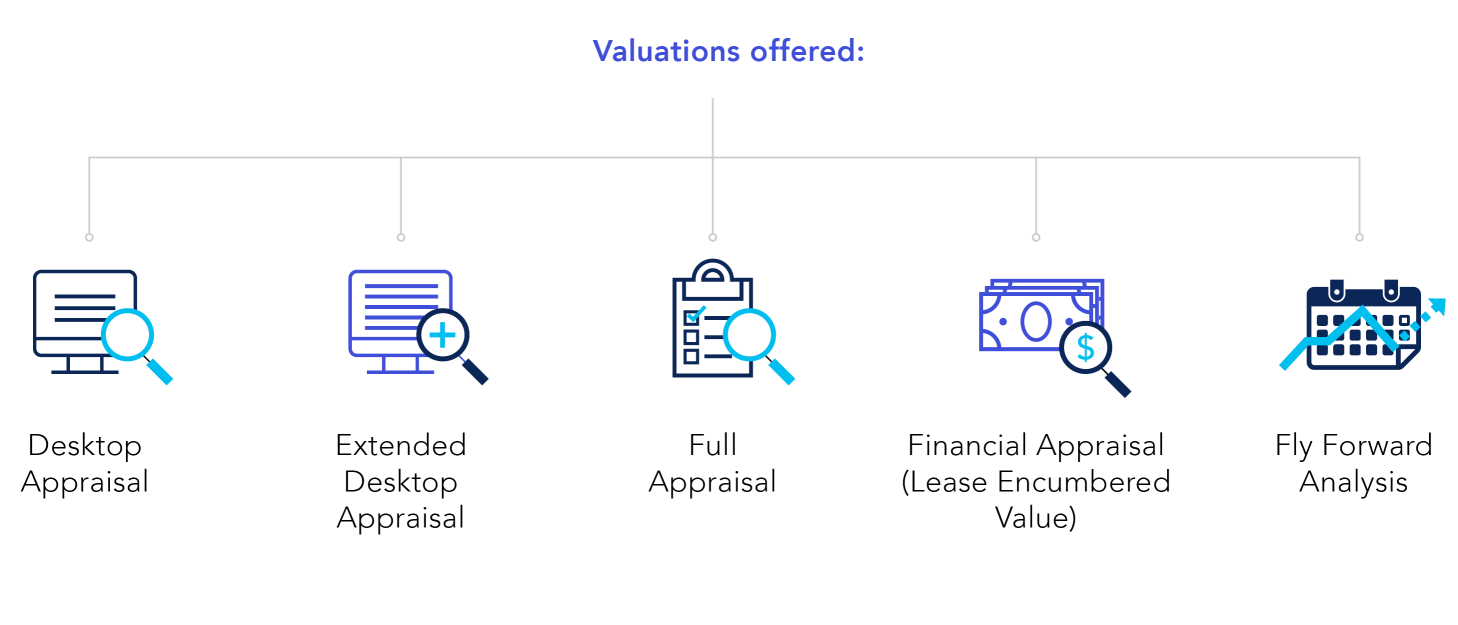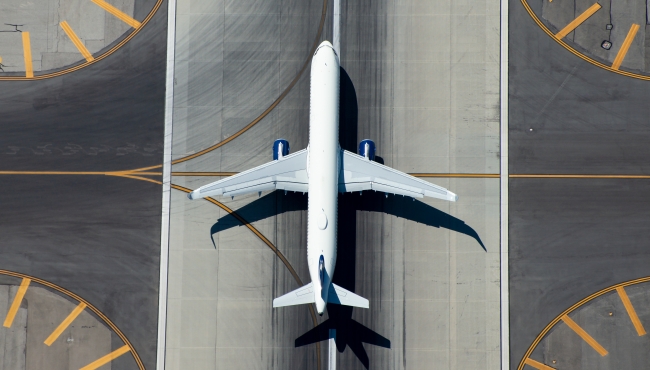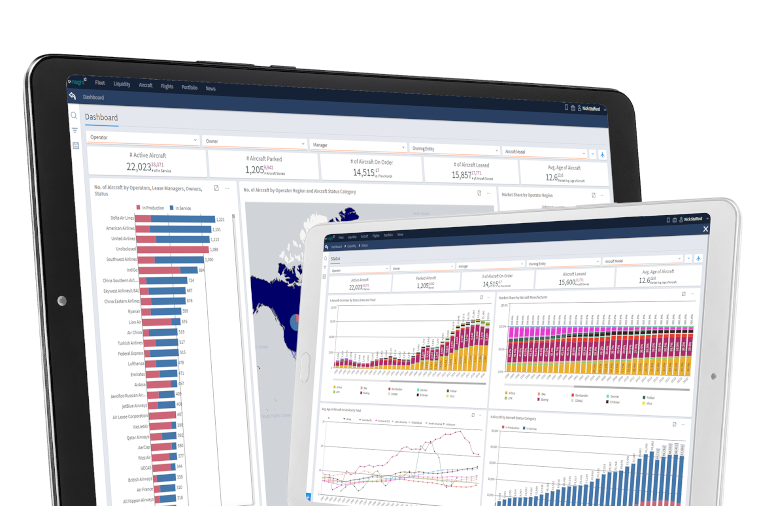Get accurate, unbiased valuations for diverse aviation assets
A powerful mix of specialist valuation skills and commercial and industry knowledge; that's what sets our people apart. With access to IBA Insight's unique historical and contemporary aviation intelligence, we make an asset's essential value transparent. Impartial, flexible valuations of individual and aggregated assets can be yours at the touch of a button. Valuing aviation assets is a specialist practice that requires an in-depth understanding of global markets. Even the challenge of local or international political, economic, health, or environmental turbulence won't force our judgment off course. You can be assured our collaboration will be driven by independent data and rich, comprehensive experience.

Valuation definitions fluctuate with external circumstances; buoyant, stable markets will produce different asset values to those during a slump or in distressed, fire sale conditions. Our experts will know which valuation definitions to apply and give clients solid, independent advice whatever the circumstances.
Asset Expertise includes:
Our intelligence platform, IBA Insight, offers extensive up-to-date and historical values data. You'll discover real-time global market opportunities, aircraft liquidity by class, model, and region, flight and utilisation activity, and risk profiles.
.png)



